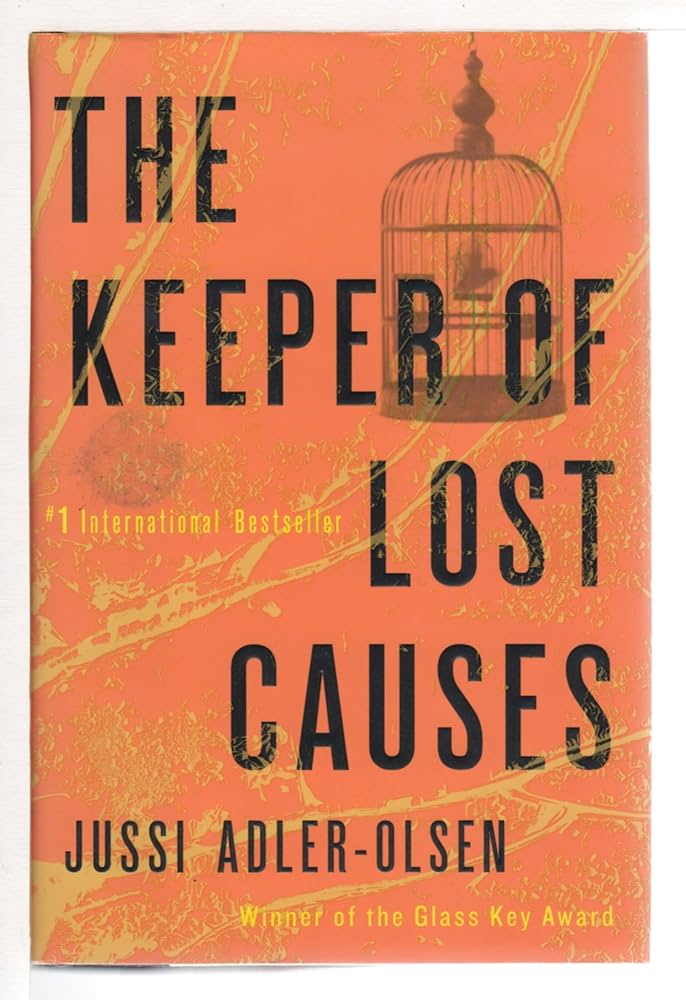Carl Morck is a very grumpy detective in the Copenhagen police department. He is just getting back to work after having been shot in an ambush. His best friend was with him and was paralyzed by bullets. A third police officer was killed. Morck is so difficult to work with–even worse now post-trauma–that he is “promoted” to director of Department Q, in an office, by himself, in the basement, where he is to investigate cold cases.
Soon he is joined by Assad, a middle-eastern immigrant with an obscure backstory. Assad is also a brilliant detective and insufferably good-natured despite Morck’s haranguing and harrumphing. Their first case is the disappearance of the politician Merete Lyngaard, lost on a ferry ride five years prior. Merete was presumed drowned, but no body was ever found. Carl and Assad search for witnesses, acquaintances, relatives, and relatives of relatives. Slowly, painstakingly, and realistically they piece together first suspicion and then suspects.
In book 2, Carl and Assad are joined in the basement by misfit Rose. They reinvestigate a murder that appears to be an open-and-shut case. The murderer confessed and is in jail. But the door of the case is ajar just far enough that Morck can see light emanating from what might be a doubtful conviction. Once again, clues are extracted one tiny piece at a time suggesting that this one murder might be part of a much larger spree.
The TV version of Department Q has just dropped on Netflix, but it leans a bit too heavily into grim and gritty compared to the books. If you are into Scandinavian noir, Jussi-Adler’s series offer excellent escape from the horrors of current affairs.
































